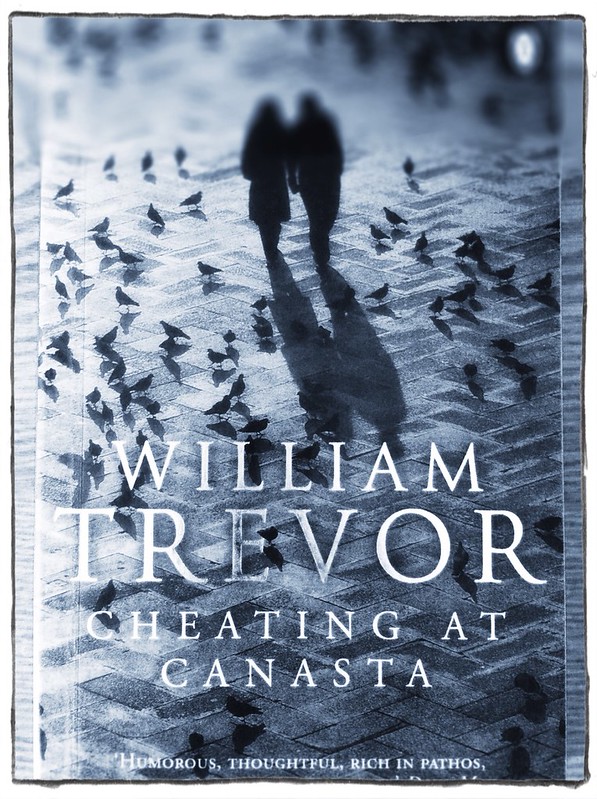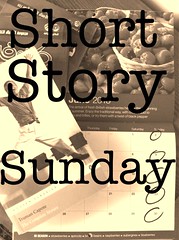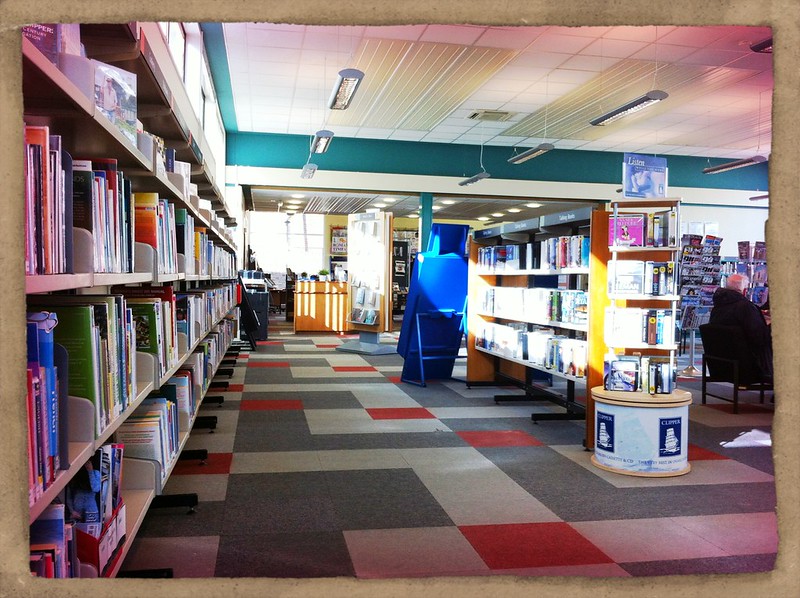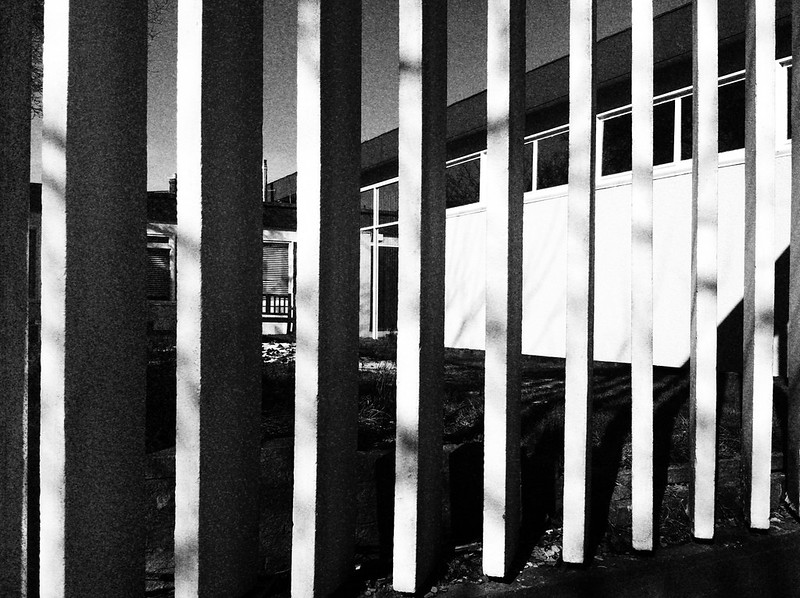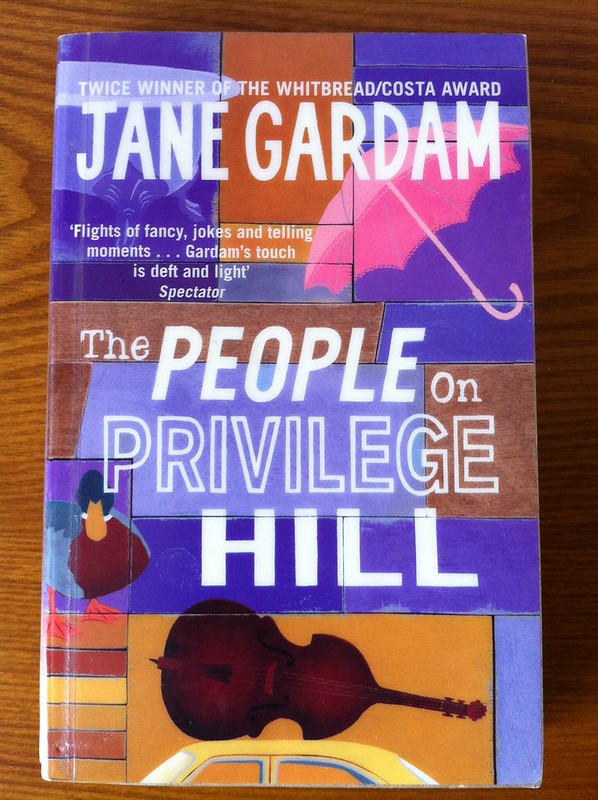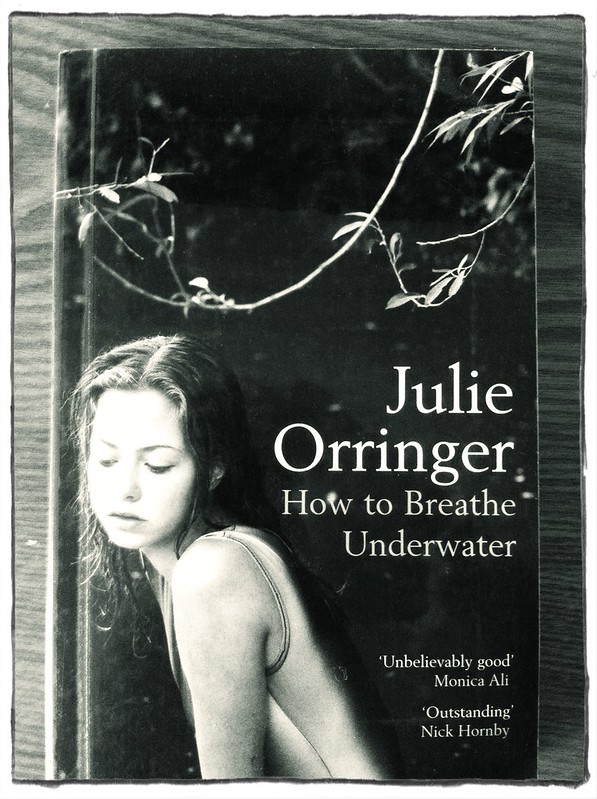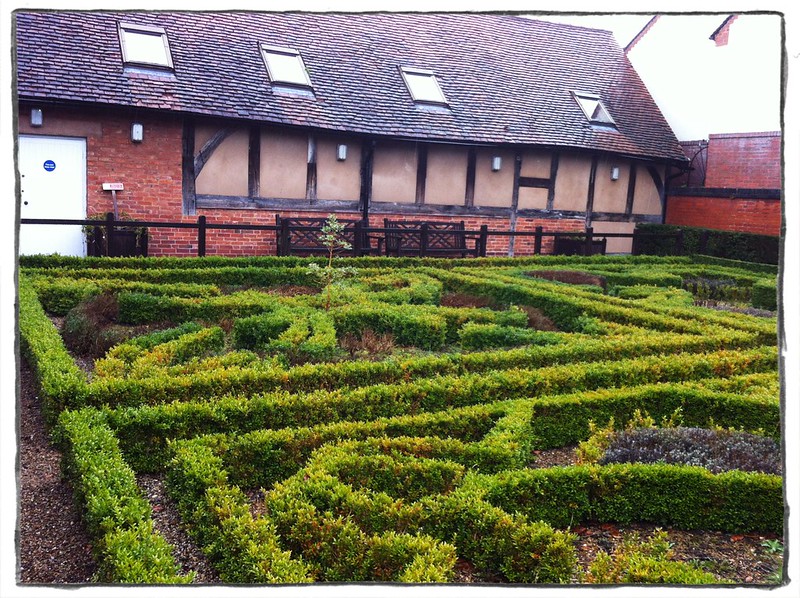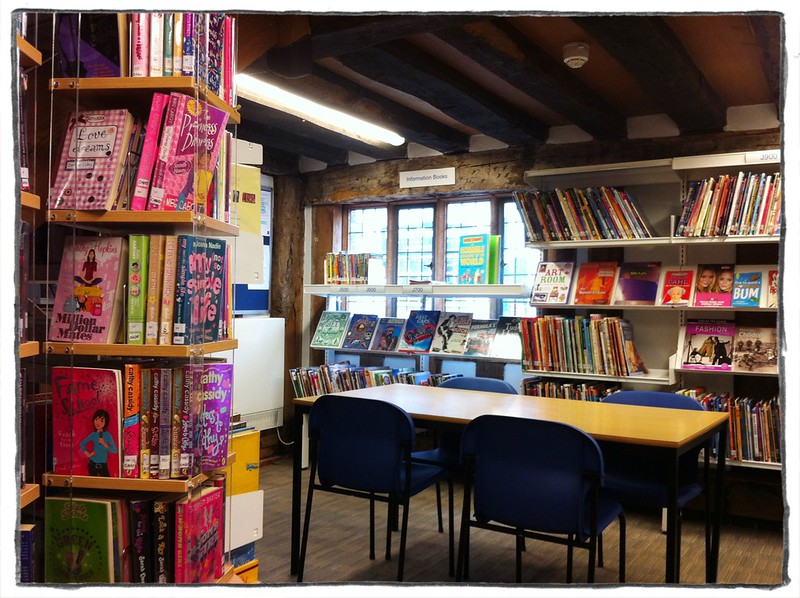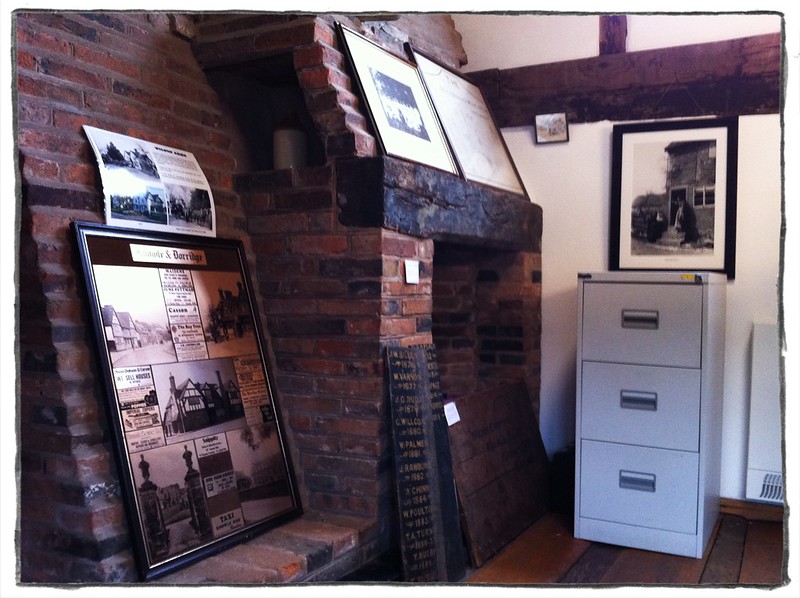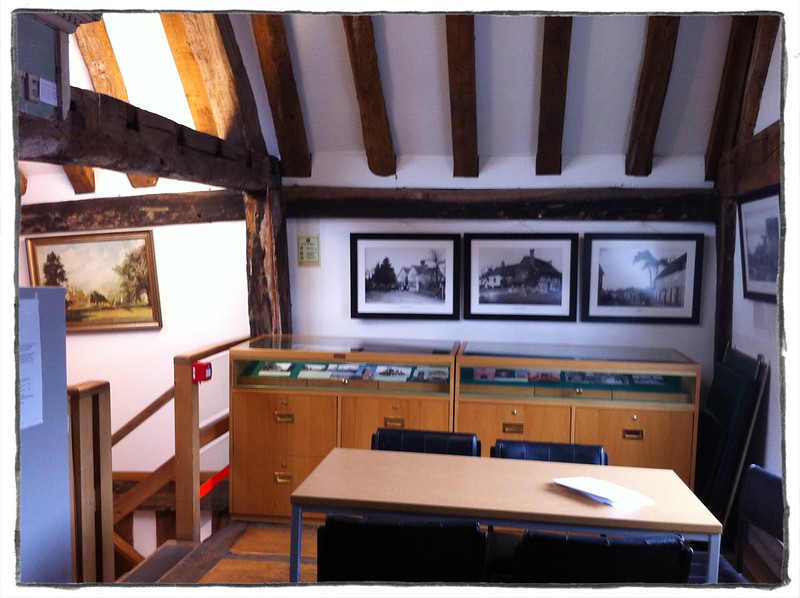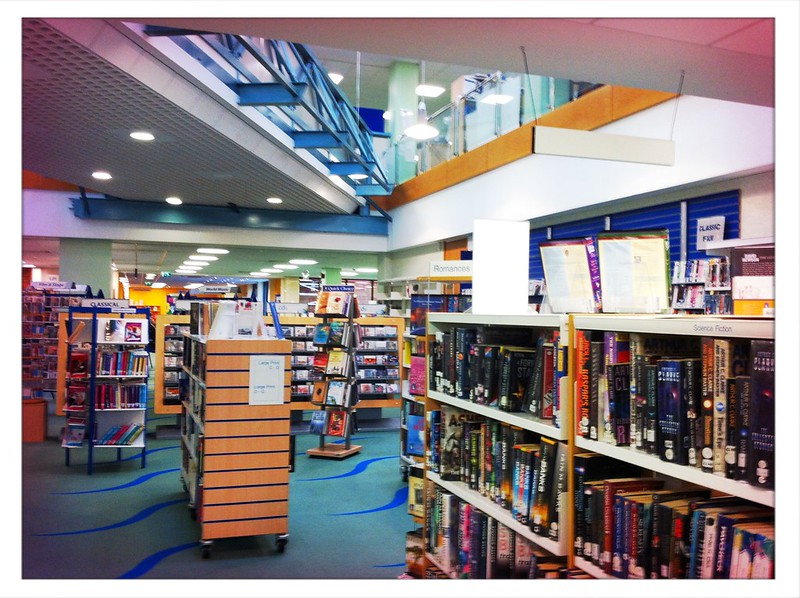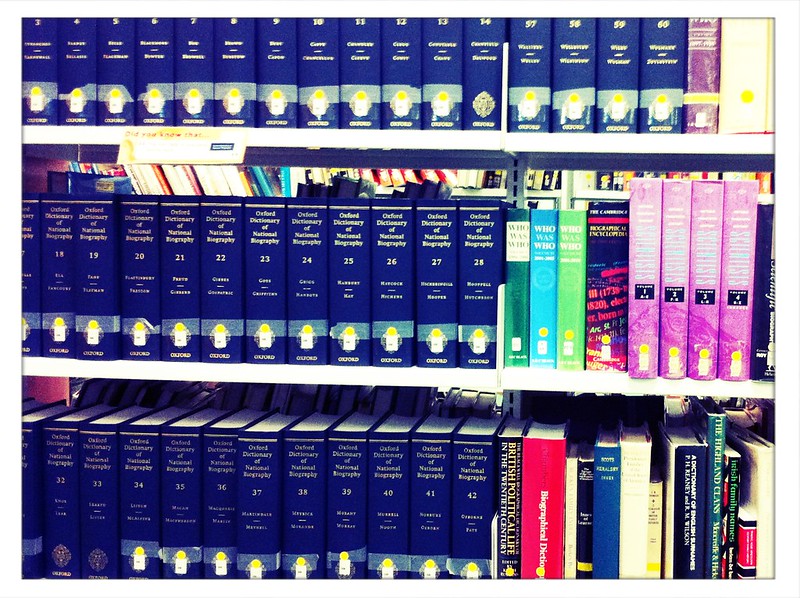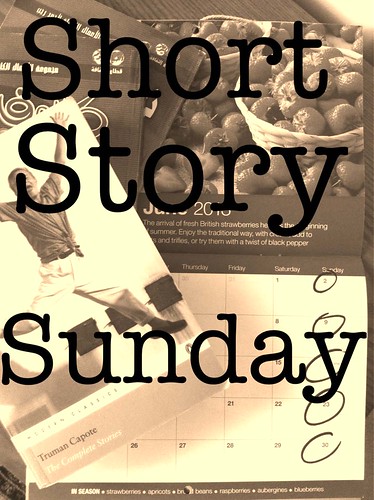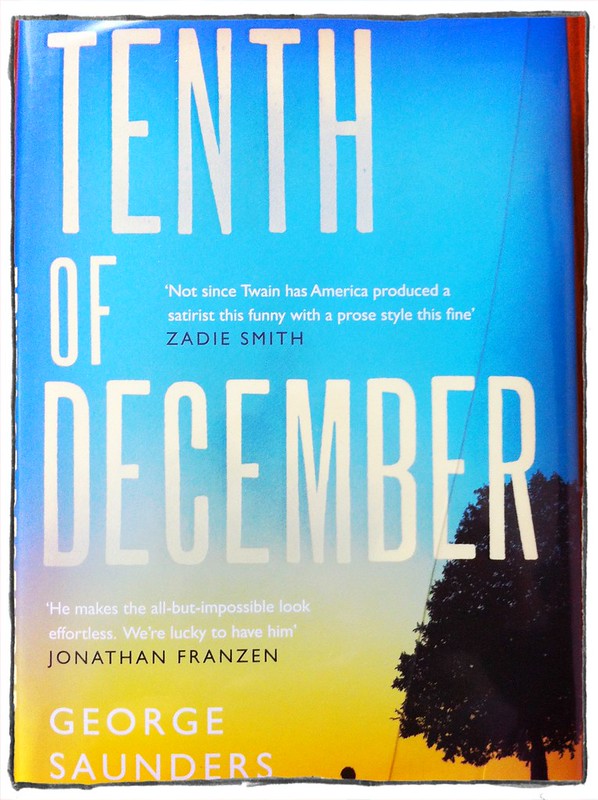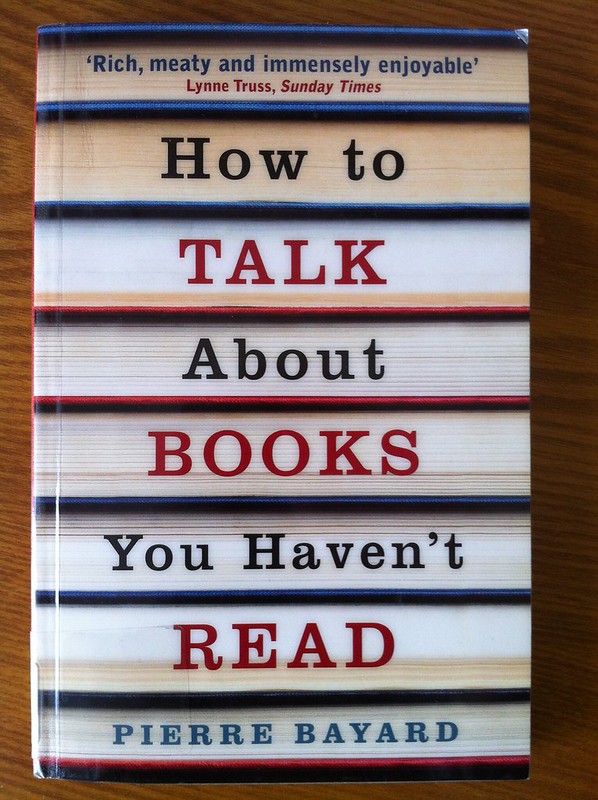Cheating at Canasta - William Trevor
After reading such praise as:
"There is no better short story writer in the English-speaking world"
Wall Street JournalAnd hearing William Trevor described as the "master" of the short story, I was really looking forward to reading Cheating at Canasta
I did not like this collection, at all. Each tale is as depressing as the last, in, what seemed to me, a celebration of melancholia. The twelve stories feature:
- A young mechanic in rural Ireland whose life is changed forever after a car accident.
- A wife who, for the last nine years, has tried to ignore her internal screams of anguish and avoid communicating with her husband after he was investigated by the police in connection with the murder of a high-class prostitute.
- A vagabond returning to Ireland after many years in England, to threaten and blackmail the priest in the town where he grew up.
- A man reminiscing about his wife and the blissful early days of their marriage. At her behest, he travels to Italy and dines in their favourite restaurant, but he dines alone as his wife and their shared life together have been claimed by dementia.
- A young teenager who feels guilty after her boyfriend beats another boy to death. She knows that he was, in part, showing off to her and she knows that, if only for a moment, she enjoyed the fact that her boyfriend wanted her to notice him even though his posturing display involved extreme violence.
- A plain, teenage girl stuck in a dull life who is courted by an older, sexual deviant. Their burgeoning relationship is halted before he can abuse her. But, she laments the end of their 'friendship' in her dull, empty life devoid of love.
- An elderly widow who mourns the loss of her husband and the end of an era, when her sons are forced to sell off parts of their estate in order to survive financially.
- A shy, soft-spoken teacher who is left by his younger lover despite the quiet harmony of their relationship and the lack of arguments and disputes.
- A farmer who falls in love again after the death of his wife from cancer. He hopes to marry his neighbour Teresa, but their union is disrupted by the needs and desires of their children.
- An elderly lady who bristles at the letters which her husband continues to receive from a woman he had an affair with decades ago.
- The relationship between Hester and Bartholomew, two unmarried, middle-aged siblings from Dublin who find themselves seeking new housing arrangements after spending their whole childhood and half their adult lives together in the same home.
- The chance meeting of two men in Paris who had been childhood friends in Ireland. The story details the loss of innocence and the crime of adults who forget things which should not be forgotten.
If I found the collection so depressing, why did I continue reading? The critics are right, William Trevor really is a master of the genre. His characterisation, particularly of his mature women characters, is excellent. The stories are also well paced and do not drag. Although, some of the stories in Cheating at Canasta were only several pages long, all of the stories felt fully developed. In just several pages William Trevor is capable of drawing the whole story and focuses on the heart of the matter so intensely that you wonder why you would even need the extra pages that the longer form demands.
You can read the eleventh story from the collection, Faith, for free online at The New Yorker
